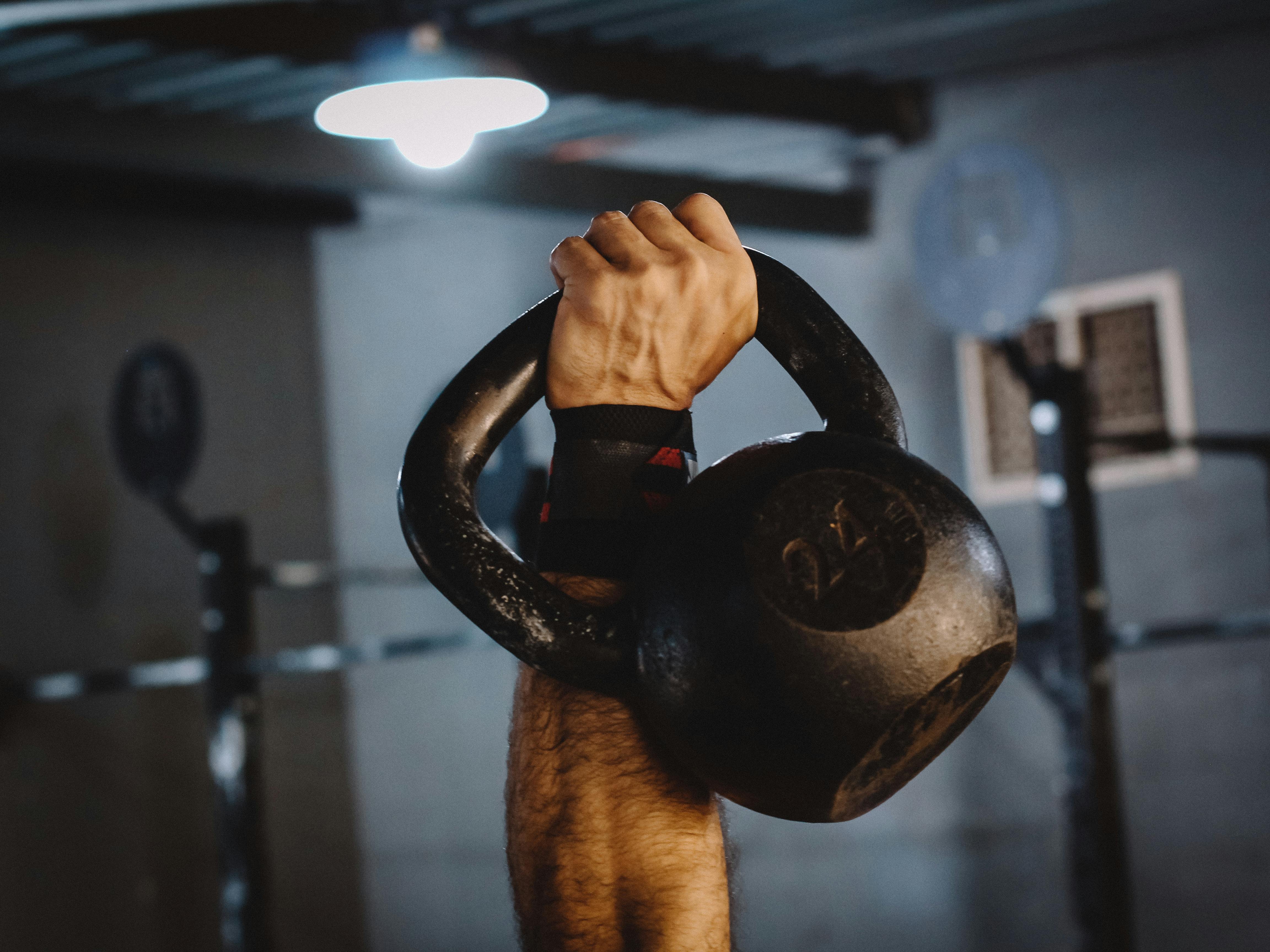The short sprints are typically divided into several phases:
- The start (reacting to the gun, getting out of the blocks)
- Acceleration (increasing velocity)
- Maximum velocity (reaching the athlete’s maximum velocity in the race)
- Speed endurance (essentially slowing down the least)
With that in mind, a track and field coach seeks to improve an athlete’s performance in each phase of the race with the idea of having a positive impact on the sprinter’s performance. All of the phases of the sprint are important for success, including the start.
Sprinters can achieve almost a third of their maximum velocity in the first 5% of the race by leaving the starting blocks. This makes the start critical for the performance of the short sprints. With that in mind, Bezodis et al conducted a literature review in Sports Medicine analyzing the sprint start.
There are several challenges when analyzing literature on sprint start performance. First, to compare between studies you have to define what the start is. Where does it begin and end? Do both feet have to leave the blocks? Only one foot? Does it include the first few steps out of the blocks? How many of those blocks?
Second, what makes a “good” start? The authors mention several common measures for the sprint start that could be used to make comparisons:
- Total time to reach a specified distance (like five meters): the idea being that getting there faster is better.
- Velocity when reaching a specified distance (like five meters): the idea being that this might be a better indication of performance than #1
- Velocity of the center of mass at block exit
- Average external power production
With the above in mind, the authors began by defining the sprint start. Their definition is that the sprint start is getting out of the blocks plus the first stance (step) and flight. In other words, the first foot strikes the ground and the other hip is flexed (so first step and a half out of the blocks).
The authors next looked at the literature with regards to how far apart the sprint blocks are placed (remember, this is looking at sprinters and their starts, not team sport athletes sprinting from a standing start). The authors divide block placement into one of three categories:
Elongated (blocks are placed more than .5 meters apart)
Medium (blocks are placed between .3 and .5 meters apart)
Bunched (blocks are placed less than .2 meters apart)
The authors note that elongated blocks allow the for greater velocities out of the blocks, but also lead to longer times at the 5 meter and 10 meter marks in the race. Bunched starts reduce the ability of the hip and the knee to extend while leaving the blocs, which reduces velocity and force production against the ground. All this to say that the medium block spacing seems to be “best” although the authors concede that this is going to depend on athlete body type. In other words, some experimenting needs to be done by coaches to determine which is best for a given athlete.
The authors reviewed the joint angles in the “set” position in the blocks. They noted that having more flexed hips and knees in the set position seems to be related to a faster 100 meter time, but also note that there could be a lot of factors at play here rather than just the joint angles in the set position (body structure, strength levels, etc.).
When leaving the blocks, the front leg contributes most of the horizontal impulse (~70%) getting out of the blocks. The front leg is in the blocks longer than the rear leg. This suggests a need to put the stronger leg in the front blocks.
Clearly there is going to be a lot of individual variation in setting up and leaving the starting blocks and taking the first few steps. However, I find the information about block placement and the front leg fascinating as this has an impact on the set up but also on training.
For example, if we know that the legs do different things during the start (and we do), then that suggests a need for bounds, one legged plyos, split lifts (squats, cleans, snatches), lunges, and one-legged exercises.
Bezodis, N.E., Willwacher, S., and Salo, A.I.T. (2019). The biomechanics of the track and field sprint start: A narrative review. Sports Medicine, 49: 1345-1364.




